Palmetto Bluff Real Estate Company Sales Office
Office Hours
Monday-Friday 9am - 5pm
Saturday 9am - 4pm
Sunday 12 - 4pm
Saturday 9am - 4pm
Sunday 12 - 4pm
Butterflies are more than just a pretty flying insect in your garden; they’re also a pollinator, a biotic pollinator to be specific. Pollination can be defined as the transfer of pollen from one flower to another, not to be confused with fertilization (that’s an entirely different subject).
Pollination is categorized into two types – abiotic and biotic. Abiotic pollination relies on wind, water, or rain to transfer pollen, whereas biotic pollination relies on living organisms. Bees, wasps, flies, butterflies, and many more living organisms (even some kinds of bats) are responsible for more than 90% of all pollination. Pollination is the key to many plants’ survival; therefore, using biotic pollination, plants must learn how to attract certain pollinators.
Flowers often use their color to attract the kinds of pollinators they want. Flies see a spectrum of colors that make orange an attractive color, so they will most often be seen pollinating orange or yellow flowers. Hummingbirds see red better than other colors, so they are often found pollinating red or pink flowers. Beyond bright colors, flowers attract pollinators through a reward system. Pollinators are more likely to pollinate if they get something out of the deal too — a quid pro quo of sorts. Some flowers offer an oil that male insects cover themselves in, making them smell better to females. (Think of it like Axe body spray, for insects.) Flowers also offer pollen that bees use to feed their babies and nectar that many insects use as food. Lastly, some flowers decide to take the easy way out — “cheating” to achieve successful pollination. Take the cunning bee orchid. This sneaky flower’s velvety lip looks like a female bee. Males fly in to try to mate with it and end up pollinating the flower. Ethical or not, this is a remarkable example of floral mimicry and a highly-evolved plant-pollinator relationship.
Pollination wasn’t always this easy. Flowers and pollinators have adapted through time to get the most out of each other. Known as “Pollination Syndrome,” pollinators and flowers adapt to ensure that they are using each other to the best of their ability. In Madagascar, there is a type of orchid whose pollen spur is almost a foot long! Darwin discovered this plant and put forth the thesis that there must be a certain type of insect that has a tongue long enough to reach the pollen. While Darwin never lived to see it, he was correct. A moth was later found with a tongue able to reach the pollen. Over time, both the orchid’s pollen spur and the moth’s tongue have gotten longer, adapting to one another.
Beetles are an example of a “clumsy” pollinator. They don’t have the ability to hover over a flower or manipulate the flower, so they often look for large flowers in tight-knit quarters, like magnolias or pond lilies. Topped with plumes of fluffy yellow flowers, goldenrod (sometimes thought to be a weed), springs up en masse in the summer, so that insects, like beetles, can pollinate them easier. Knowing what certain insects look for in pollination locations makes conservation easier. If you want more beetles, plant large flowers in large groups.
While most pollinators are easy to accommodate (preferring the same plants their entire life), there are exceptions. Butterflies are hard to conserve because caterpillars and adult butterflies need different plants to survive – so instead of planting one flower, you must plant two, in proximity. Monarch caterpillars need milkweed leaves to survive while monarch butterflies find their source of nectar many different flowers.
The best way to help pollinators be successful is to plant native flowers in your garden that target the specific type of pollinator that you desire. And don’t be afraid to call your local nursery or garden associations to ask them for recommendations…your butterflies will thank you.

You know Spring has arrived at the Bluff when The Farm begins buzzing with activity. You can find a bounty of eggs in beautiful hues, bright green potato vines popping up in rows, and Better Boy, Celebrity, and Red Brandywine tomatoes ripening in the sun. We a...

The homes at Palmetto Bluff are known for their expansive and inviting porches, which embody the spirit of Southern charm and hospitality. These porches are more than architectural features; they serve as seamless extensions of the living space, fostering a co...
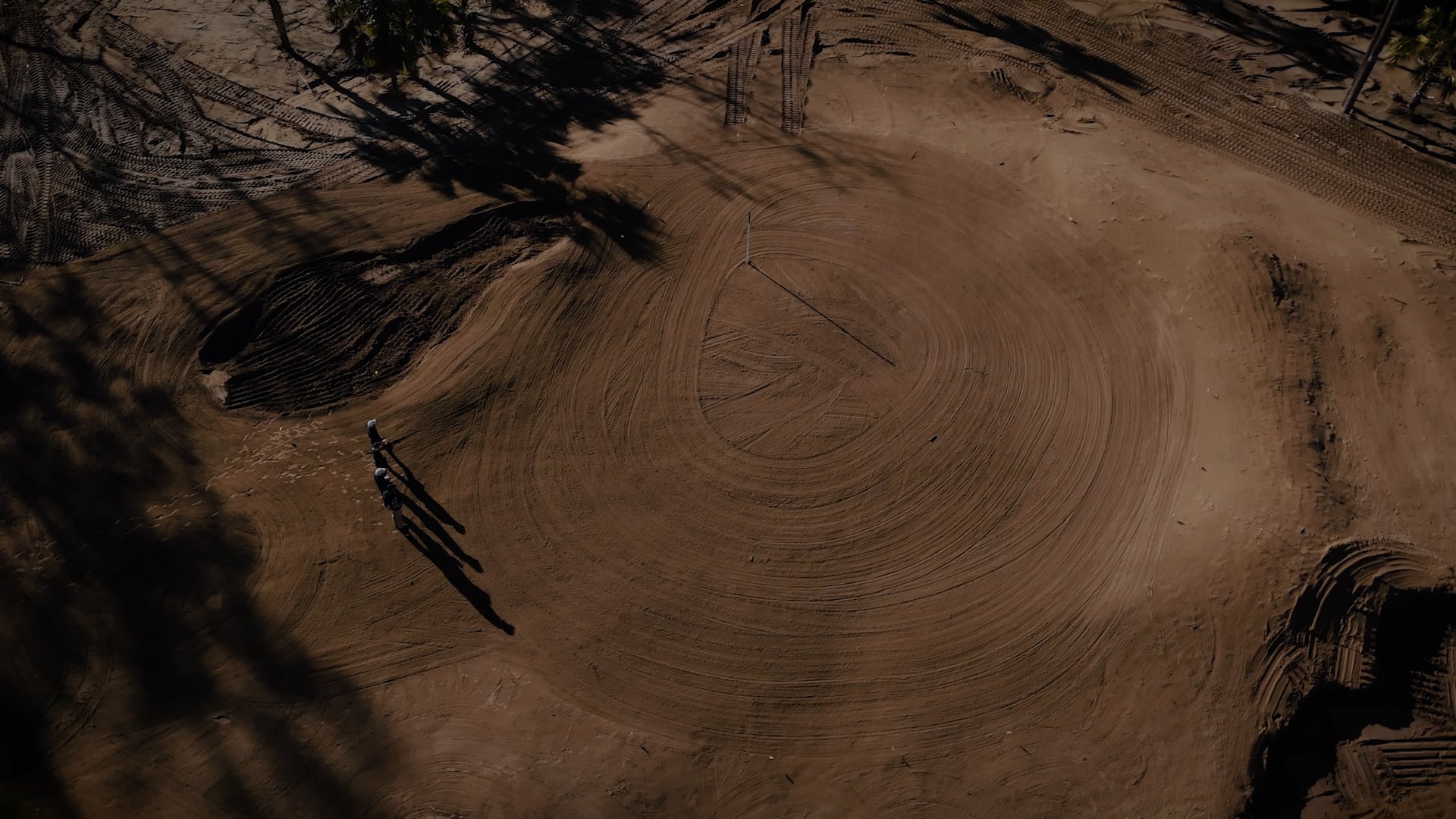
Take a closer look at the artistry and intention behind the new Coore & Crenshaw golf course coming to life in Anson. In this exclusive video, hear directly from Ben Crenshaw as he shares how each hole was thoughtfully designed to offer a unique experience...
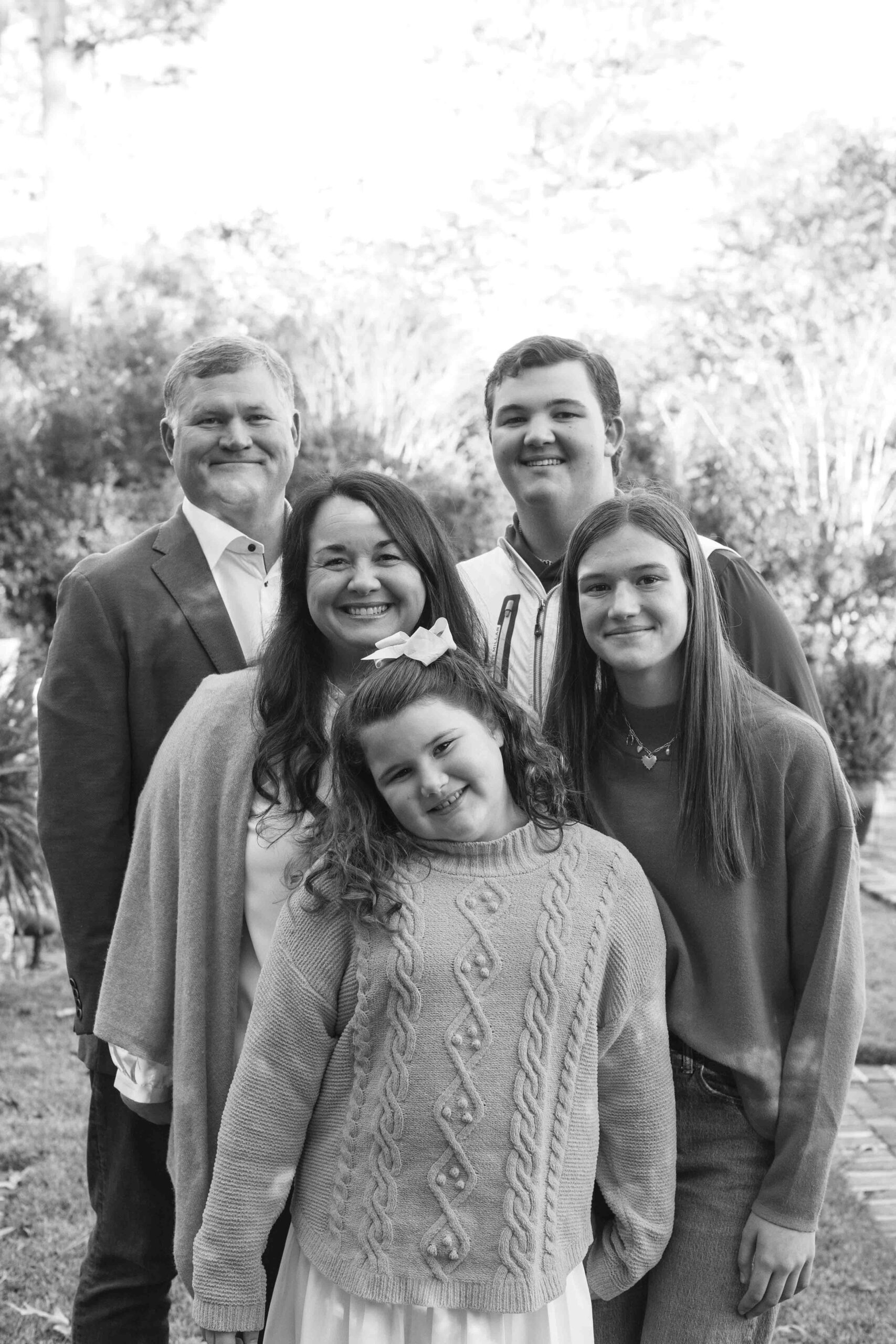
Randy, Carole Anne, Sage, Tyson, and Wren Oliver Where are you from? Randy: We're both from Manning, South Carolina. We met in high school. Carole Anne: We were high school sweethearts! Randy: In 2013, we moved to St. Louis and were there for over seven ...
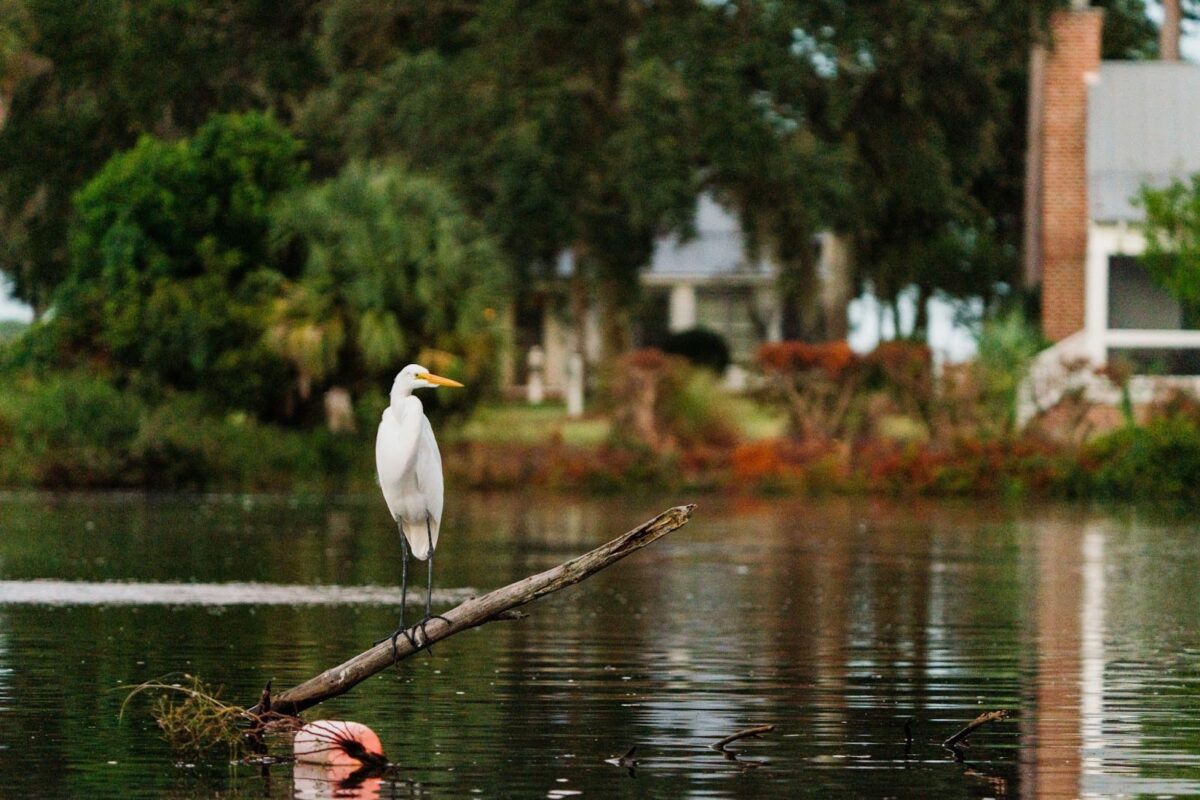
Where to Spot South Carolina Wildlife This Spring As spring breathes new life into the Lowcountry, Palmetto Bluff becomes a haven for nature enthusiasts eager to experience the vibrant South Carolina wildlife. Warmer temperatures, lush landscapes, and longer ...
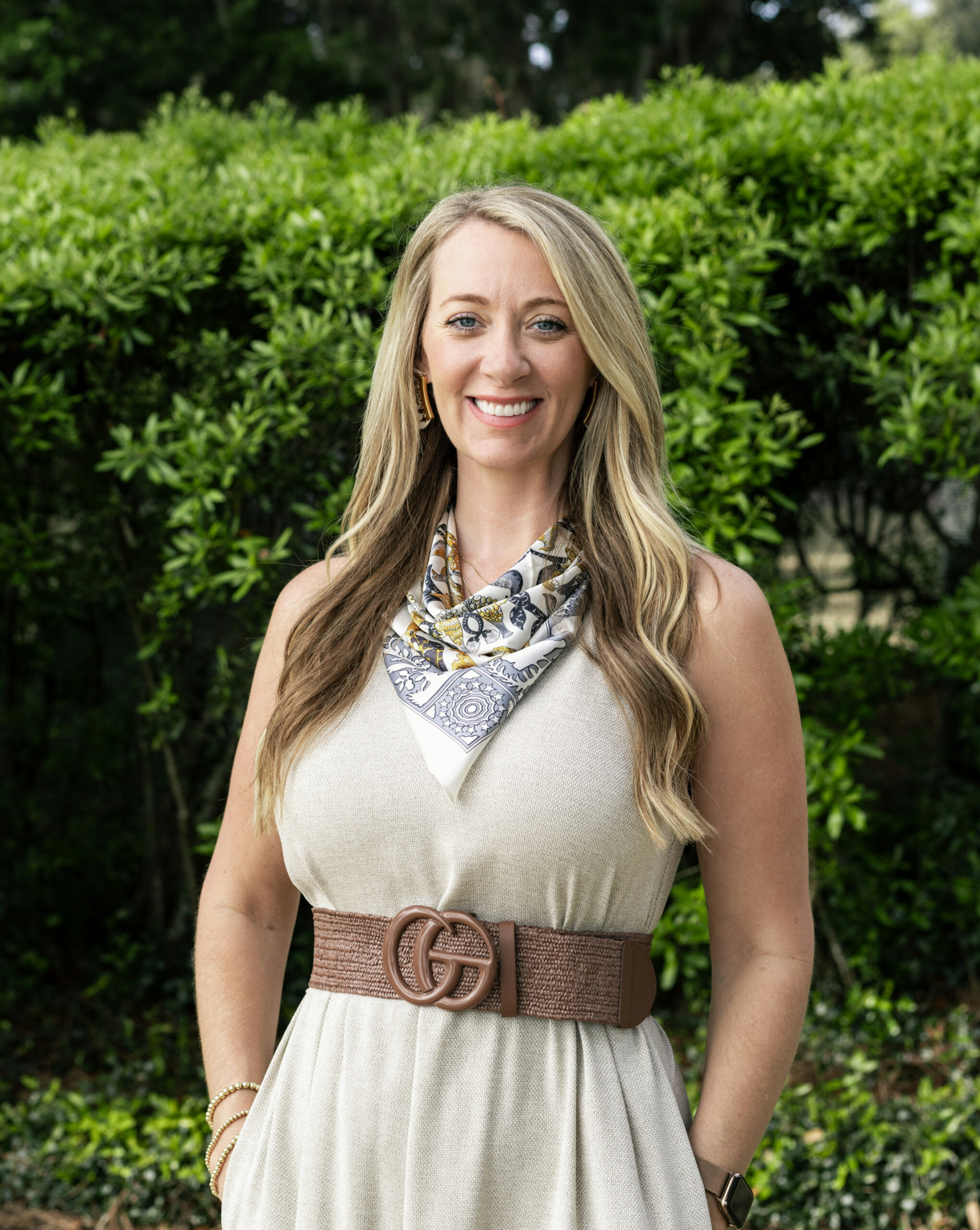
Amanda’s Journey to Palmetto Bluff Real Estate Company Tucked along the banks of the May River, Palmetto Bluff is where history, nature, and timeless design come together to create something truly special. For Amanda Cutrer, a dedicated sales agent with Palme...
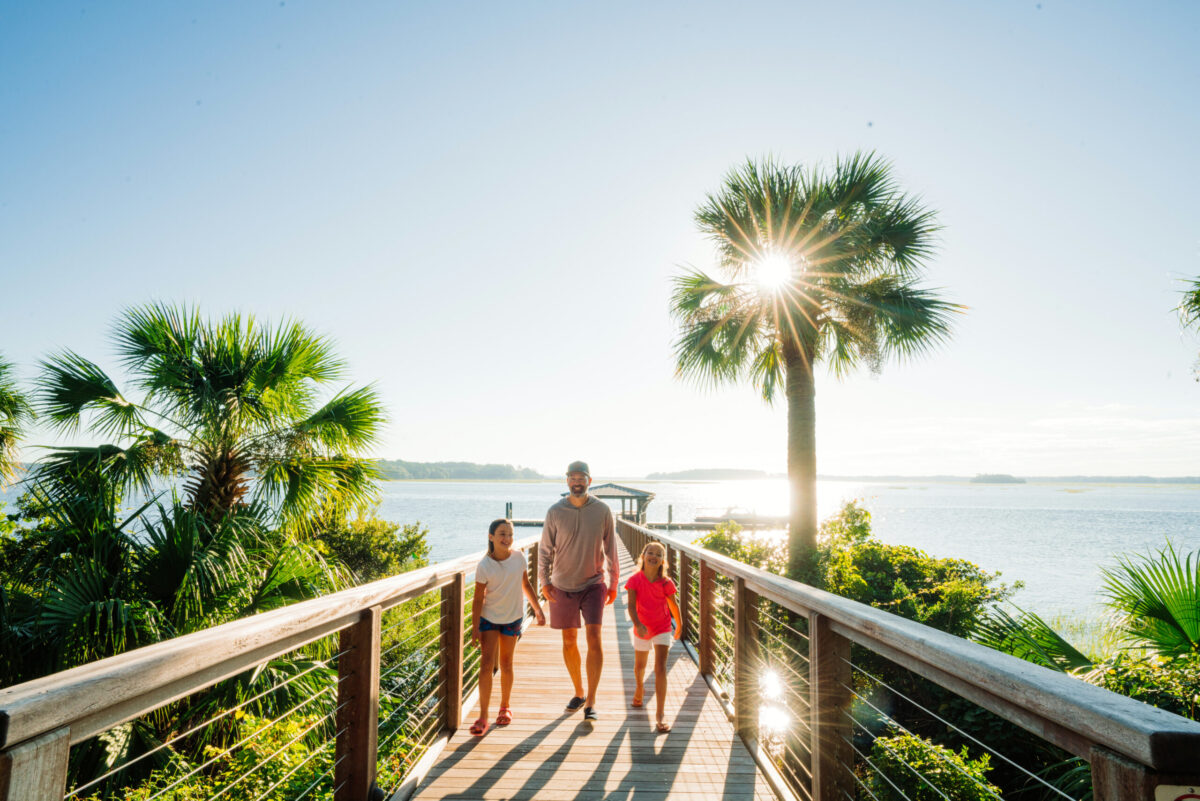
Palmetto Bluff Members: A Look into the Lifestyle Imagine waking up to a cascading canopy of natural oak trees. You can hear the sounds of the May River careening in the background and smell the aroma of finely ground espresso slowly engulfing your waterfront...
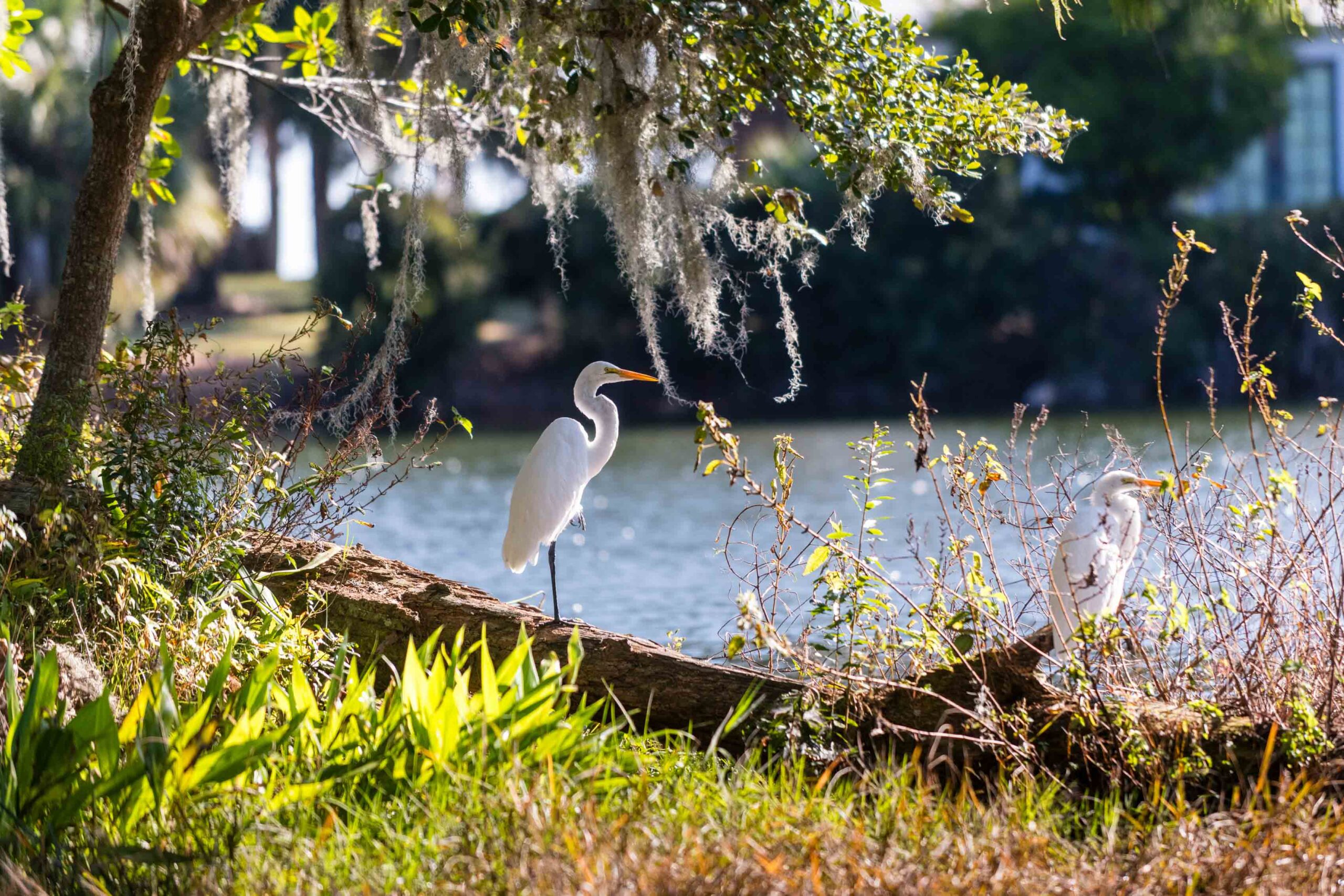
As April approaches the promise of spring is unmistakable here at the Bluff, especially for bird enthusiasts. Above us, migratory flocks signal the start of a new season. Northern parulas, often among the first to migrate, arrive early in March. Their song—a r...
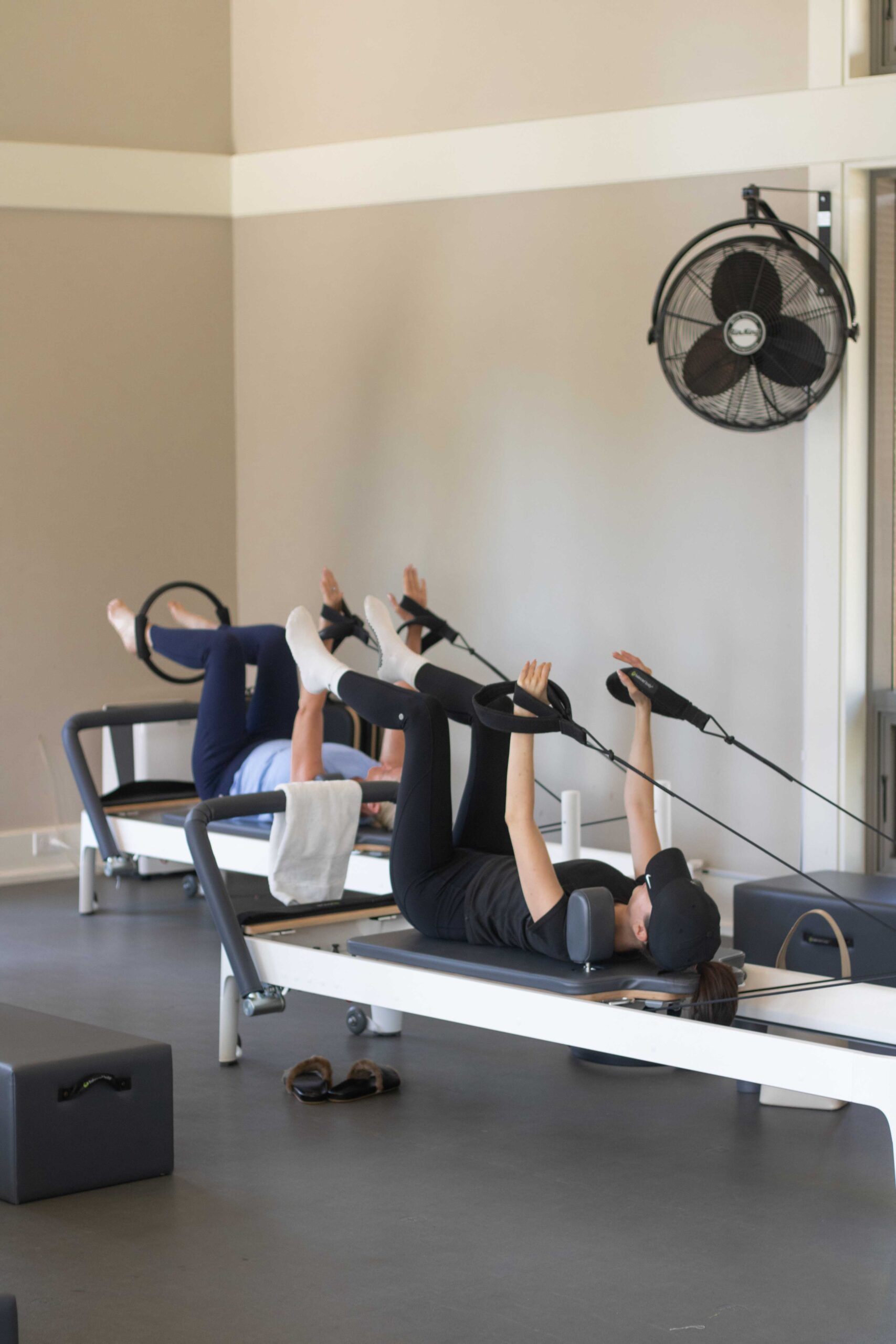
Palmetto Bluff's Fitness and Wellness team keeps residents energized by introducing innovative equipment like the Pilates reformer. As part of the exclusive wellness amenities available to residents, this versatile machine features a sliding carriage, resistan...

Explore All Moreland Village Has to Offer at Palmetto Bluff Moreland Village at Palmetto Bluff offers a rare blend of Lowcountry charm, modern amenities, and a deep connection to nature. Surrounded by the serene waters of the Inland Waterway, the New River, a...
Learn about the Palmetto Bluff Conservancy and how we keep the vision of our land in place.
On land or water, there is an ever-evolving variety of activities.
We do not attempt to independently verify the currency, completeness, accuracy or authenticity of the data contained herein. All area measurements and calculations are approximate and should be independently verified. Data may be subject to transcription and transmission errors. Accordingly, the data is provided on an “as is” “as available” basis only and may not reflect all real estate activity in the market”. © [2023] REsides, Inc. All rights reserved. Certain information contained herein is derived from information, which is the licensed property of, and copyrighted by, REsides, Inc.